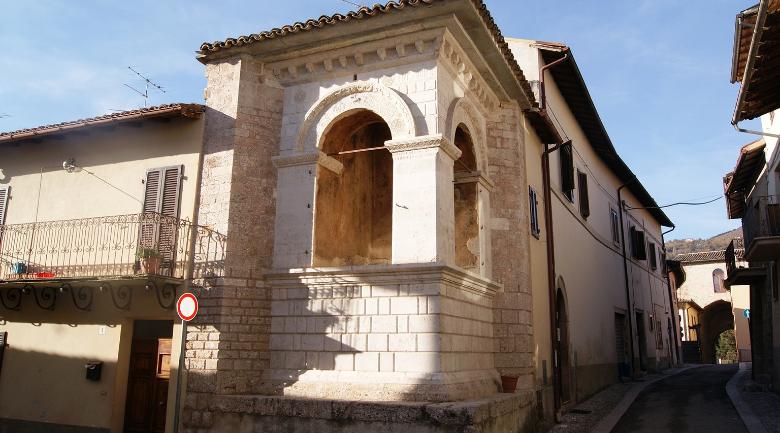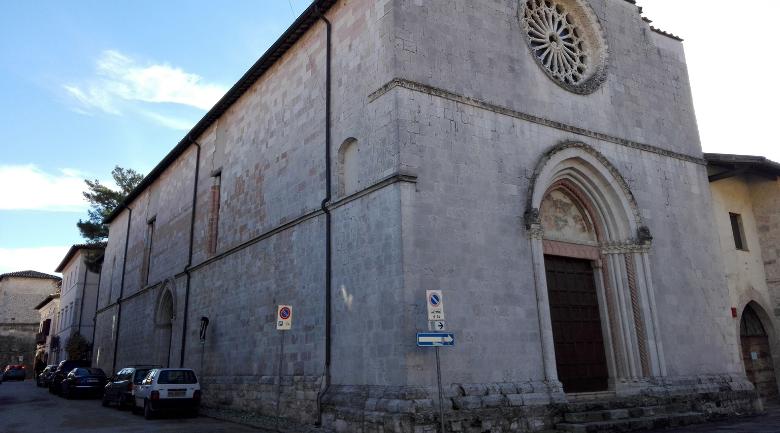Shepherd’s Pecorino di Norcia
A bit of history
Pecorino is one of the oldest Italian cheeses, known and appreciated since antiquity, about which authors such as Aristotle, Virgil and Pliny wrote. We owe the oldest mention of pecorino cheese in Umbria to Pliny the Elder in his Natural History (1st century AD).
The Latin agronomy writer Columella (1st century A.D.), in his De re rustica, introduces us to the method of making pecorino cheese, which was obtained from fresh sheep’s milk to which lamb or kid rennet was added. The author also provides an extensive description of the processing and seasonings (e.g., fig twigs) to give it a distinctive taste and aroma.
The greatest agronomist of the Middle Ages, Pietro de Crescenzi, states in his Liber cultus ruris that no cheese is better than that made from sheep’s milk.
The agronomist Corniolo della Cornia, in the late 14th and early 15th century, in La Divina Villa, describes the cheese-making process in Umbria, which differed little from what Columella wrote.
In the 18th century, Angelo Benucci, in the Catasto Umbro, identified pecorino as one of the principal and unique economic resources of the region.
A curiosity
The making of pecorino cheese was often entrusted to women, and even in the last century, young women counted this art among the riches of their dowry.
Production techniques have not changed much over the centuries; over almost two thousand years, tradition has handed down cheese-making techniques and tools. For these characteristics, Pecorino is recognised as one of the traditional Italian agri-food products (PAT).
The best pecorino is the one produced between May and June, made with milk from the spring pastures. Pecorino is divided into fresh (mild) and mature (strong). The former should be eaten shortly after cheese-making (two months) while the latter needs to be aged (up to a year) in a cool, dark and poorly ventilated place so that it acquires flavour over time.





























